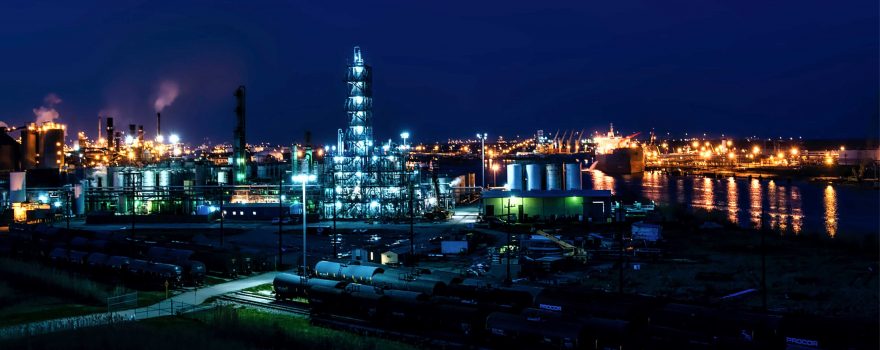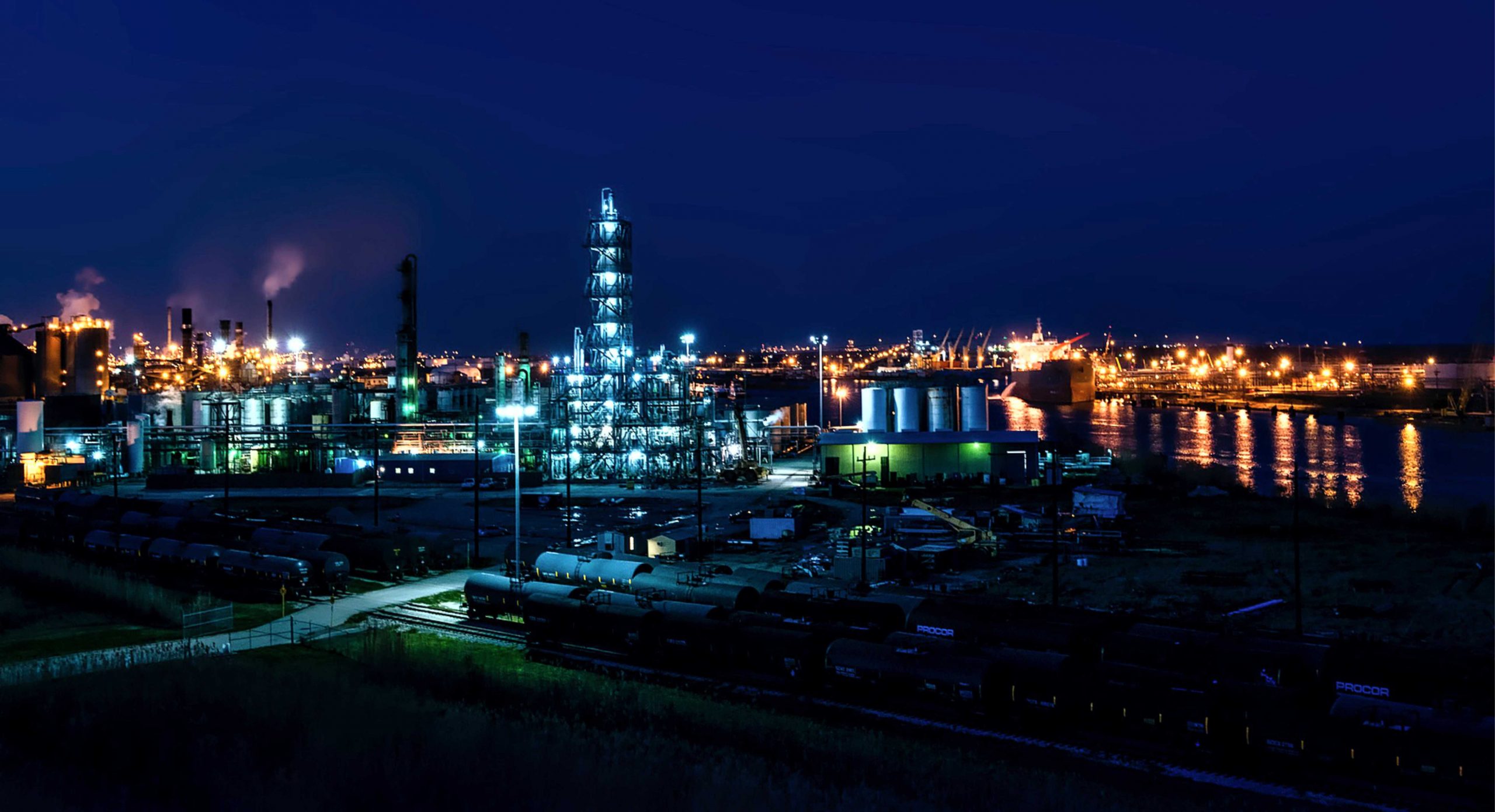
Despite weaker-than-expected Asian LPG prices in the fourth quarter of 2018, the LPG/naphtha ratio suggested that LPG cracking economics remained unfavorable due to the persistent sluggishness of the naphtha market.
According to IHS Markit-OPIS data as of Dec. 7, the propane/naphtha ratio was estimated at around 97.6%, which indicates that using naphtha is more profitable than LPG.
Most petrochemical producers typically find it attractive to crack LPG instead of naphtha, especially when the ratio between these two falls below 90%.
Partly due to the thinner margins using LPG in the cracking pool, most Asian cracker operators are planning to reduce the LPG cracking volume in January 2019. Asia’s naphtha-fed steam cracker operators were likely to crack less LPG in January due to weaker naphtha markets and unfavorable economics on cracking the gas, an OPIS survey showed.
Thirteen petrochemical companies in Asia planned to crack a combined 284,000 mt of LPG next month, down 23.7% from December, when those cracker operators were set to crack 372,000 mt of the gas in total, according to the poll conducted from Nov. 29 to Dec. 4.
Such decline came as Asian naphtha markets have been sluggish due to oversupply and softer crude prices. Demand was seen weakening on slowing global economic growth.
A Singapore-based LPG trader expected LPG cracking volumes to slide further. “Given the recent discounted naphtha markets, they are unlikely to maintain (LPG cracking volume),” said the trader.
By contrast, some market participants were anticipating that LPG prices would likely pick up for a short period of time in the first quarter of 2019, as larger LPG demand is expected from propane dehydration units (PDH) across Asia.
According to data at IHS Markit, 627,000 mt of LPG demand is expected from the new PDH unit in Q1 2019, which was up 15.68% from the same period in 2018.
The LPG demand from the PDH in Q2 was even more than Q1 at 700,000 mt, up 23.67% on-year. In addition, steadily growing residential and commercial consumption from the emerging markets in India and Indonesia is also supporting LPG demand in 2019.
New steam cracker startups based primarily on the LPG cracking in Asia also might support fresh LPG demand in H1 2019.
In South Korea, LG Chem is planning to expand its ethylene capacity by 230,000 mt/year in Q1 2019. Among the total capacity, 180,000 mt/year will be made from naphtha and 50,000 mt/year from LPG, an industry source close to the company said.
S. Korean Hanwha Total Petrochemicals (HTC) is going to expand ethylene capacity by 155,000 mt/year and the major feedstock for the cracker will be propane, an industry source close to the company said.
If recent history is any guide, U.S. exports of propane to the Far East appear likely to remain relatively firm even though shipments to China have fallen off amid U.S.-China trade tensions and China’s imposition of 25% retaliatory tariffs on U.S. origin propane.
While U.S. propane exports to China in the January- October 2018 period slid 46% from the same period a year ago to 20.8 million bbl, U.S. propane exports to South Korea and Japan have risen by about 38% and 6% respectively, data from IHS Markit’s Global Trade Atlas shows.
As a result, U.S. propane exports to China, Japan, South Korea and Taiwan combined are down only 0.4% year-on-year.
During January-October 2018, U.S. propane exports have totaled 287.5 million bbl, rising 5.1% from the same period a year earlier, after having increased by about 15% on-year during the whole of 2017 and 29% in 2016.
The United States has become an increasingly important source of LPG supply for Asia in the wake of the shale gas boom, as well as the widening of the Panama Canal in 2016 that shortened the shipping time for VLGCs that bring LPG to the Far East from the U.S. Gulf Coast to around 30 days, compared to 45 days when going around the Cape of Good Hope.
Propane imports from the United States accounted for about 65% of Japan’s total propane imports and 71% of South Korea’s propane imports in 2017, with those shares having increased from about 26% and 36%, respectively, in 2015.
As this post demonstrates, U.S., Europe and Asia LPG markets are linked together by global trade. This year, make sure you don’t miss a market move in any of these critical markets by subscribing to the OPIS Global LPG Ticker. This real-time tool gives you all-day access to LPG price moves, so you never miss a beat.

